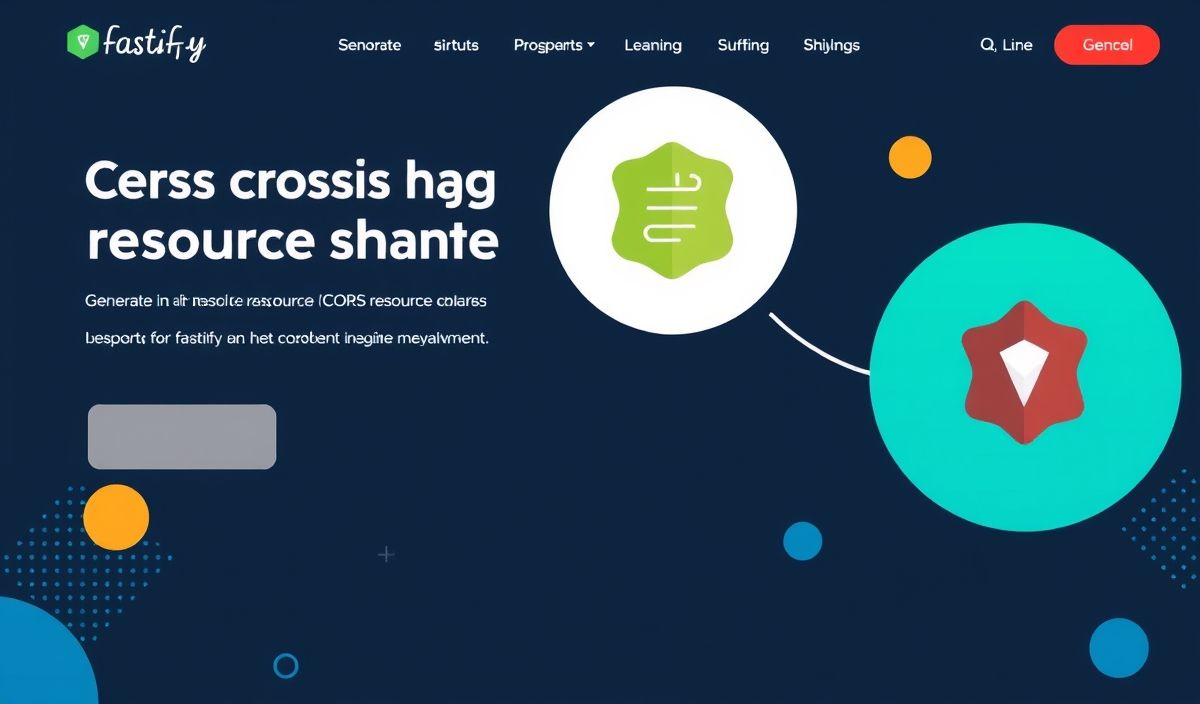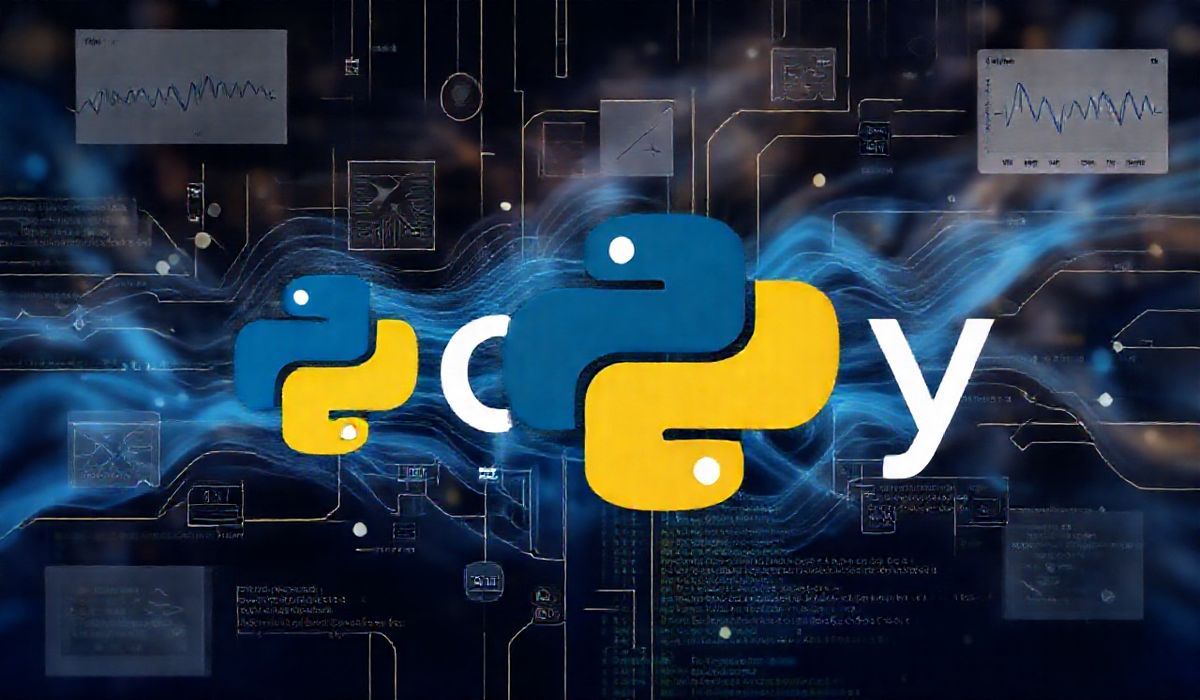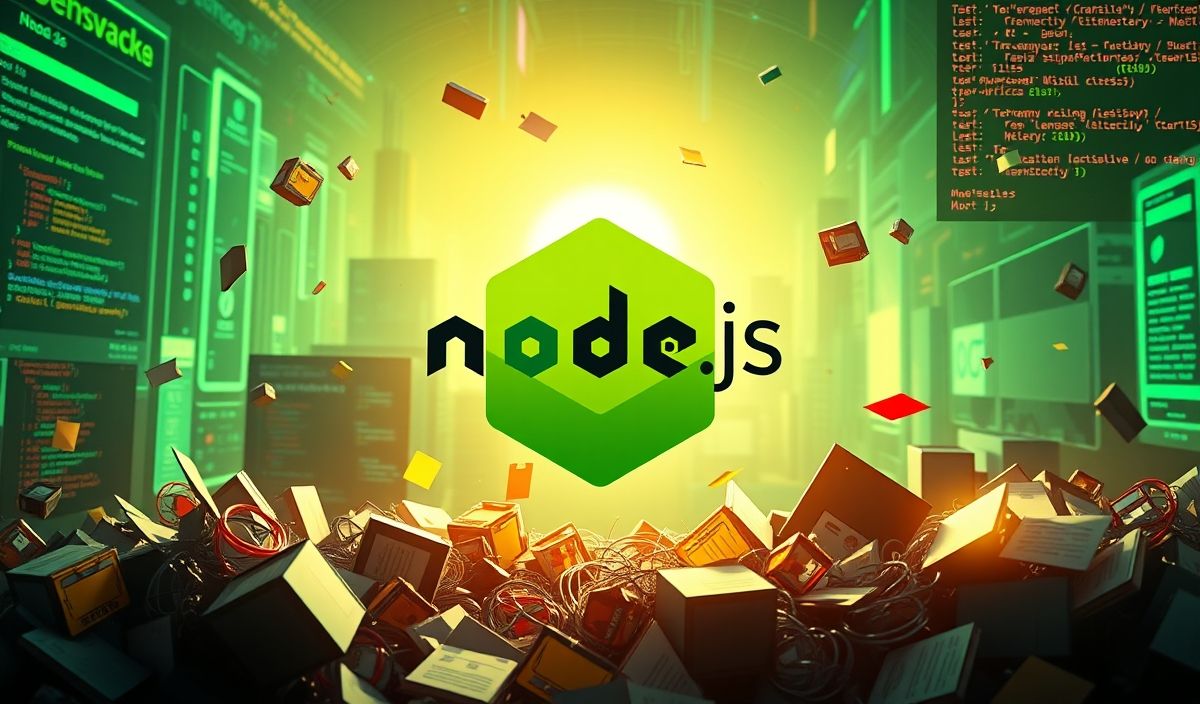Welcome to the Comprehensive Guide to Event-Stream API
Event-Stream is a powerful API that allows developers to handle and process streaming data efficiently. In this guide, we will explore numerous API functionalities with code snippets to help you integrate Event-Stream into your applications seamlessly.
Introduction to Event-Stream
The Event-Stream API provides methods to create, manipulate, and consume streams of events. Streams are useful for handling continuous data flows, such as live data feeds, user interactions, and more.
Basic API Usage
Creating a Stream
To create a stream, use the createStream method. This initializes a new stream that you can start populating with events.
const stream = eventStream.createStream();
Writing to a Stream
You can write data into the stream using the write method. This adds a new event to the stream.
stream.write({ type: 'message', content: 'Hello, world!' });
Reading from a Stream
To consume events from a stream, use the read method. This retrieves the latest event and removes it from the stream.
const event = stream.read();
console.log(event.content);
Advanced API Usage
Filtering Events
Use the filter method to process only certain types of events. This helps in managing and reacting to specific data flows.
const messages = stream.filter(event => event.type === 'message');
Mapping Stream Data
Transform the events in a stream using the map method. For example, you can modify the event content before consuming it.
const mappedStream = stream.map(event => {
event.content = event.content.toUpperCase();
return event;
});
Piping Streams
The pipe method allows you to forward the events from one stream to another.
const destinationStream = eventStream.createStream();
stream.pipe(destinationStream);
Application Example
Here is a simple chat application example using the Event-Stream API. This application will create a stream for handling chat messages, allowing users to send and receive messages in real-time.
// Creating the main chat stream
const chatStream = eventStream.createStream();
// Function to send a message
function sendMessage(content) {
chatStream.write({ type: 'message', content });
}
// Function to receive and process messages
function receiveMessages() {
const messages = chatStream.filter(event => event.type === 'message');
messages.forEach(event => {
console.log('New message:', event.content);
});
}
// Simulate sending messages
sendMessage('Hello!');
sendMessage('How are you?');
// Simulate receiving messages
receiveMessages();
Conclusion
The Event-Stream API provides a robust set of methods to work with streaming data effectively. By leveraging its capabilities, you can build sophisticated real-time applications that can handle continuous data inputs and outputs seamlessly.
Hash: 51a61607df20797bf1908ee42902fc386a105e8acbe7e5f48d331460fe53e213




